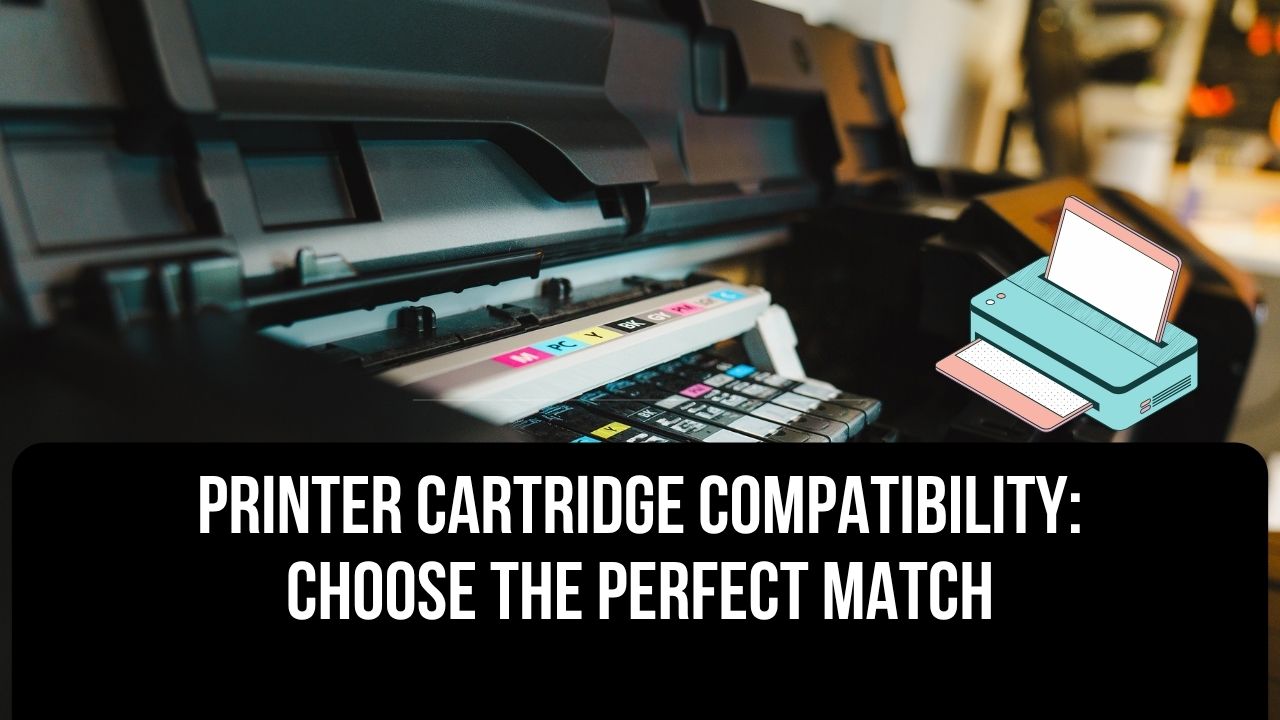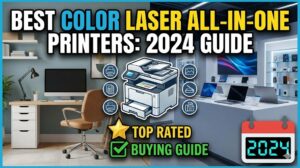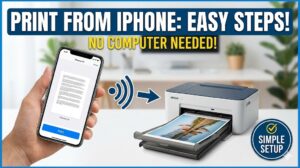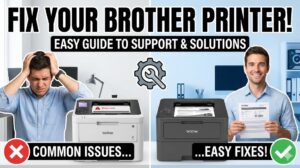Introduction
Choosing the right printer cartridge can feel overwhelming. With dozens of options available, understanding printer cartridge compatibility is essential to avoid wasted money and printing headaches. Whether you print documents daily or occasionally, selecting the correct cartridge ensures quality prints and extends your printer’s lifespan.
This guide walks you through everything you need to know about finding the perfect cartridge for your printer model. You’ll learn the differences between cartridge types, how to identify compatible options, and smart strategies to save money without sacrificing print quality.
What Is Printer Cartridge Compatibility?
Printer cartridge compatibility refers to the ability of an ink or toner cartridge to work seamlessly with your specific printer model. Not all cartridges fit all printers. Each manufacturer designs cartridges with unique chips, shapes, and ink formulations.
Using an incompatible cartridge can damage your printer or produce poor-quality prints. Compatibility depends on three factors: the printer brand, the specific model number, and the cartridge type (ink or toner).
Most printers use either inkjet cartridges or laser toner cartridges. Inkjet cartridges contain liquid ink and are common in home printers. Laser printers use toner powder cartridges, typically found in office environments.
Understanding compatibility helps you avoid expensive mistakes. Always check your printer’s manual or the manufacturer’s website before purchasing. The model number is usually printed on the front or top of your printer.
5 Essential Steps to Choose the Right Printer Cartridge
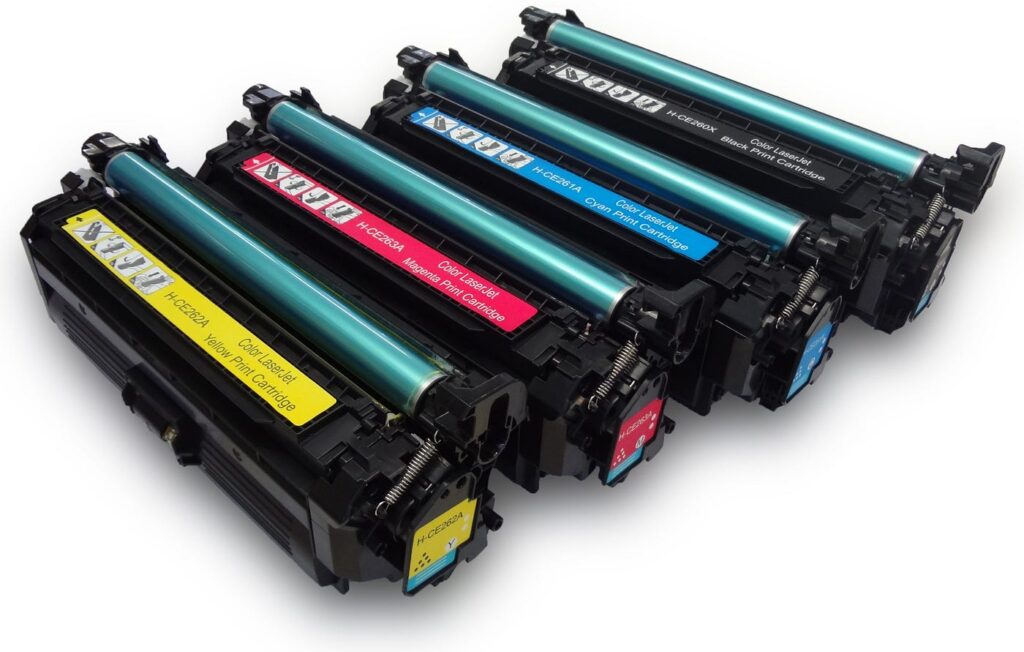
Step 1: Identify Your Printer Model Number
Your printer model number is the key to finding compatible cartridges. This number is different from the brand name.
Look for the model number on the printer’s front panel, back panel, or underneath. It might appear as “HP DeskJet 3755” or “Canon PIXMA TR8620.” Write this number down before shopping.
You can also find the model number in your computer’s printer settings. On Windows, go to Settings > Devices > Printers. On Mac, open System Preferences > Printers & Scanners.
Some manufacturers include the model number on the original cartridge packaging. If you still have the box, check there first.
Step 2: Understand OEM vs Compatible vs Remanufactured Cartridges
Three main types of cartridges exist in the market, each with different price points and quality levels.
OEM (Original Equipment Manufacturer) cartridges come directly from your printer’s brand. HP makes OEM cartridges for HP printers, Canon for Canon printers, and so on. These cartridges guarantee perfect printer cartridge compatibility and often include warranties. However, they cost significantly more.
Compatible cartridges are made by third-party companies. They’re designed to work with specific printer models and typically cost 30-70% less than OEM versions. Quality varies by manufacturer, so research before buying.
Remanufactured cartridges are recycled OEM cartridges that have been cleaned, refilled, and tested. They’re environmentally friendly and cheaper than OEM options. Quality depends on the remanufacturing process.
Each option has trade-offs between cost, quality, and environmental impact. OEM cartridges offer peace of mind but cost more. Compatible cartridges save money but require careful selection. Remanufactured cartridges balance affordability and sustainability.
Step 3: Check the Cartridge Number and Specifications
Every cartridge has a specific part number printed on the packaging and the cartridge itself.
Find your current cartridge number by removing the cartridge from your printer. The number appears on a label, usually starting with letters followed by numbers (like “HP 64” or “Canon PG-245”).
Match this number exactly when purchasing replacements. Even slight variations can cause compatibility issues.
Check the page yield specification, which indicates how many pages one cartridge can print. Standard cartridges typically print 200-400 pages, while high-yield (XL) versions print 600-1,200 pages. High-yield cartridges cost more upfront but offer better value per page.
Also verify whether your printer uses individual color cartridges or tri-color cartridges. Individual cartridges let you replace only the depleted color, saving money over time.
Step 4: Verify Compatibility Before Purchase
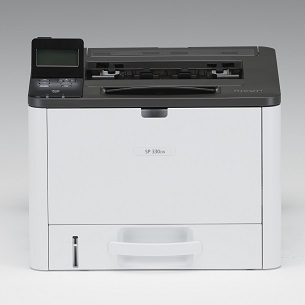
Even with the correct cartridge number, double-check compatibility before buying.
Visit the cartridge manufacturer’s website and use their compatibility checker tool. Enter your printer model to see all compatible cartridge options.
Read product descriptions carefully on retail websites. Reputable sellers list all compatible printer models in the product details.
Check customer reviews specifically for your printer model. Other users often mention compatibility issues in their feedback.
If buying in-store, ask an employee to verify compatibility. Bring your printer model number and current cartridge number for reference.
Step 5: Consider Your Printing Needs and Budget
Your printing habits should influence your cartridge choice.
Calculate your monthly page count. Light users (under 100 pages monthly) can use standard cartridges. Heavy users should invest in high-yield cartridges for better value.
Consider print quality requirements. Professional photos need OEM cartridges for color accuracy. Text documents work fine with quality compatible cartridges.
Budget also matters. If you print frequently, compatible cartridges can save hundreds of dollars annually. Calculate the cost per page by dividing the cartridge price by its page yield.
Think about urgency. OEM cartridges are widely available at retail stores. Compatible cartridges might require online ordering with shipping time.
Additional Tools and Resources for Finding Compatible Cartridges

Several online tools simplify the cartridge selection process.
Manufacturer websites offer cartridge finders where you enter your printer model. HP, Canon, Epson, and Brother all provide these tools with detailed specifications.
Retail websites like Amazon, Staples, and Office Depot have built-in compatibility checkers. Their filters help narrow options by brand, model, and cartridge type.
TonerGiant and 123inkjets are specialized retailers with extensive compatibility databases. They guarantee compatibility or offer refunds.
Printer utility software on your computer can identify your exact printer model and recommend cartridges. Check your printer’s installed software for this feature.
Mobile apps from manufacturers like HP Smart and Canon PRINT can also help identify compatible cartridges through printer scanning features.
Third-party review sites like Consumer Reports and PCMag test various cartridge brands for quality and compatibility. Their reviews provide unbiased comparisons.
Common Mistakes to Avoid When Buying Printer Cartridges
Many people make costly errors when purchasing cartridges.
Buying based on brand alone is the most common mistake. Just because it’s an HP cartridge doesn’t mean it fits your specific HP printer. Always verify the cartridge number.
Ignoring the difference between standard and high-yield cartridges leads to frequent replacements. High-yield costs more initially but provides better long-term value for regular users.
Purchasing extremely cheap cartridges from unknown brands often results in poor print quality, leaks, or printer damage. Stick with reputable compatible brands with good reviews.
Not checking expiration dates on cartridges can cause problems. Ink can dry out or separate over time. Always check the manufacturing date when buying discounted cartridges.
Forgetting about return policies creates issues if you receive the wrong cartridge. Always buy from retailers with clear return policies and keep your receipt.
Mixing cartridge types in multifunction printers can cause errors. Some printers require all cartridges to be either all OEM or all compatible, not mixed.
Assuming universal compatibility with “universal” cartridges is risky. Even products marketed as universal have specific compatibility lists. Always verify your model appears on that list.
Not storing backup cartridges properly reduces their lifespan. Keep unopened cartridges in cool, dry places away from direct sunlight. Extreme temperatures damage ink composition.
Frequently Asked Questions
Can I use third-party cartridges without voiding my printer warranty?
Yes, in most countries. The Magnuson-Moss Warranty Act in the United States protects your right to use compatible cartridges without voiding warranties. Manufacturers cannot void warranties simply for using third-party cartridges unless they prove the cartridge caused specific damage.
How do I know if a compatible cartridge is high quality?
Check customer reviews for your specific printer model. Look for feedback about print quality, page yield accuracy, and whether the cartridge caused any printer issues. Reputable third-party brands like LD Products, E-Z Ink, and Valuetoner have established quality reputations.
What should I do if my printer doesn’t recognize a new cartridge?
First, remove and reinstall the cartridge to ensure proper seating. Check for protective tape or clips that need removal. Turn the printer off for 30 seconds, then restart. If problems persist, clean the cartridge contacts with a lint-free cloth. Some printers require firmware updates to recognize newer cartridge chips.
Are high-yield cartridges worth the extra cost?
For regular users printing over 100 pages monthly, absolutely. High-yield cartridges have lower cost per page despite higher upfront prices. They also reduce the frequency of cartridge changes, saving time and hassle.
Can I refill my own cartridges at home?
While possible, refilling cartridges at home is messy and risky. Modern cartridges contain chips that track ink levels, and refilling doesn’t reset these chips. Professional refilling services handle this better, but remanufactured cartridges from reputable companies offer more reliable results.
Conclusion
Understanding printer cartridge compatibility saves you money, prevents printer damage, and ensures consistent print quality. Start by identifying your exact printer model number, then verify cartridge numbers before every purchase.
Choose between OEM, compatible, and remanufactured options based on your budget and quality needs. Use online compatibility tools to confirm matches, and read reviews from other users with your printer model.
Avoid common mistakes like buying based on brand alone or choosing extremely cheap unknown brands. Consider high-yield cartridges if you print regularly, and always check return policies before purchasing.
With these strategies, you’ll confidently select the perfect cartridge every time. Your printer will perform better, last longer, and deliver the quality prints you need without breaking your budget.
Inkjet vs Laser Printer Cost: Shocking Truth About Long-Term Savings Read More
Printer specifications and official cartridge recommendations, visit the Printer Manufacturer Support Centers for HP, Canon, Epson, or Brother printers.

